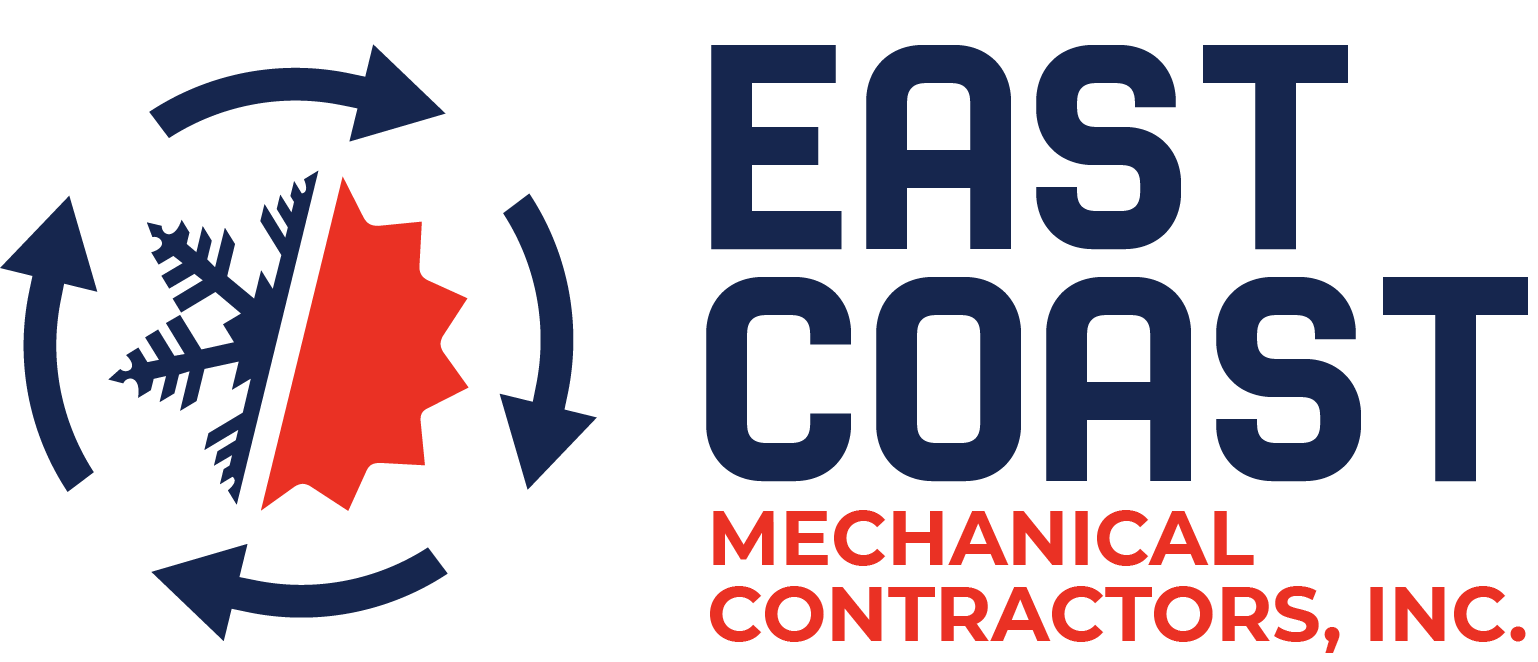The new refrigerant line set is a combination of two individual copper lines. One line is always bigger than the other and is insulated. The bigger line is called the suction line, and the little one is called the liquid line. They come packaged together, rolled in a coil. It is available in multiple selections of lengths, from 15-50 feet. You will rarely need more than 50 feet in a residential home.
Installation of the New Copper Refrigerant Lines
The key is installing the line with as few bends and turns as possible. When these bends are necessary, the soft copper can be bent by hand or a tubing bender.
It’s common to install the line set as close to your home’s beams and ductwork as possible. It’s also recommended that you secure the line every 4-6 feet. Plastic or copper strapping is common. Metal straps or clamps can be used, but it’s important to protect the copper wiring if the clamps touch them.
Protect the line
If you don’t properly protect the line, it can corrode. Galvanic corrosion (also called bimetallic corrosion) is the breakdown of metal when two dissimilar metals come into contact. This does take some time to occur. Nevertheless, if allowed to occur, it could eventually reduce the integrity of the copper refrigerant line over time until it causes a leak.
After the hangers are installed, the line set can now be put in place. Typically, an installer will start with the suction line and roll out one end a few feet, leaving the rest of the roll in a coil. They then push the unrolled section through a hole drilled through the band board of the house to the outside, near the air conditioner. Enough of the line is pushed out to reach the service valve of the air conditioner. Eventually, the installer will connect this line to the air conditioner itself. The hole size will be between 2-2.5” in diameter, depending on the type of line set being used.
The hangers
After the line is outside by the air conditioner, the line is secured by hangers near the hole and then another hanger back a couple of feet. The line is then carefully uncoiled and formed along the floor joists up against the trunk line ductwork or a beam, as straight as possible until long radius turns or bends are needed. Along the way, it gets put into the hangers that have been installed previously, securing it in place.
The line set will run from the air conditioner outside to the new indoor evaporator coil on top of the furnace. After the suction line has been installed and secured, the smaller, liquid line is run along the suction line, secured in the same hangers. A line set should be new, installed as one piece, free from any sharp bends or kinks, and secured with an appropriate hanging system.
There will also be a small, low-voltage control wire that runs from the furnace along the line set to the air conditioner outside. The small existing wire coming from the thermostat to the furnace sends a low voltage signal to the air conditioner to turn on and off when a call for cooling is needed or has been satisfied.
Contact Us
If you do experience any emergency issues with your A/C system, you can always give us a call. If you have an upcoming HVAC project, join hands with a licensed and insured contractor at East Coast Mechanical. Email: ecmcecmc@aol.com Address: 5133 W Hurley Pond Rd Suite A, Wall Township, NJ 07727 Hours: Monday to Friday 8 AM to 5 PM and Closed Saturday and Sunday.
Phone: 800-300-ECMC or 732-751-8877

